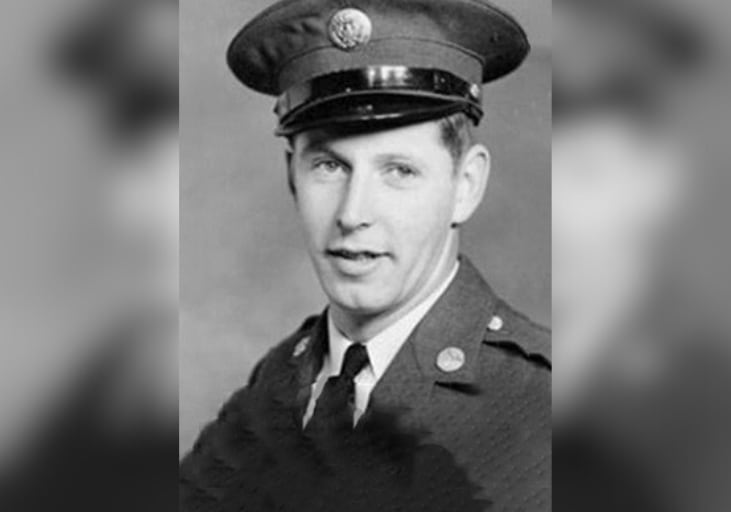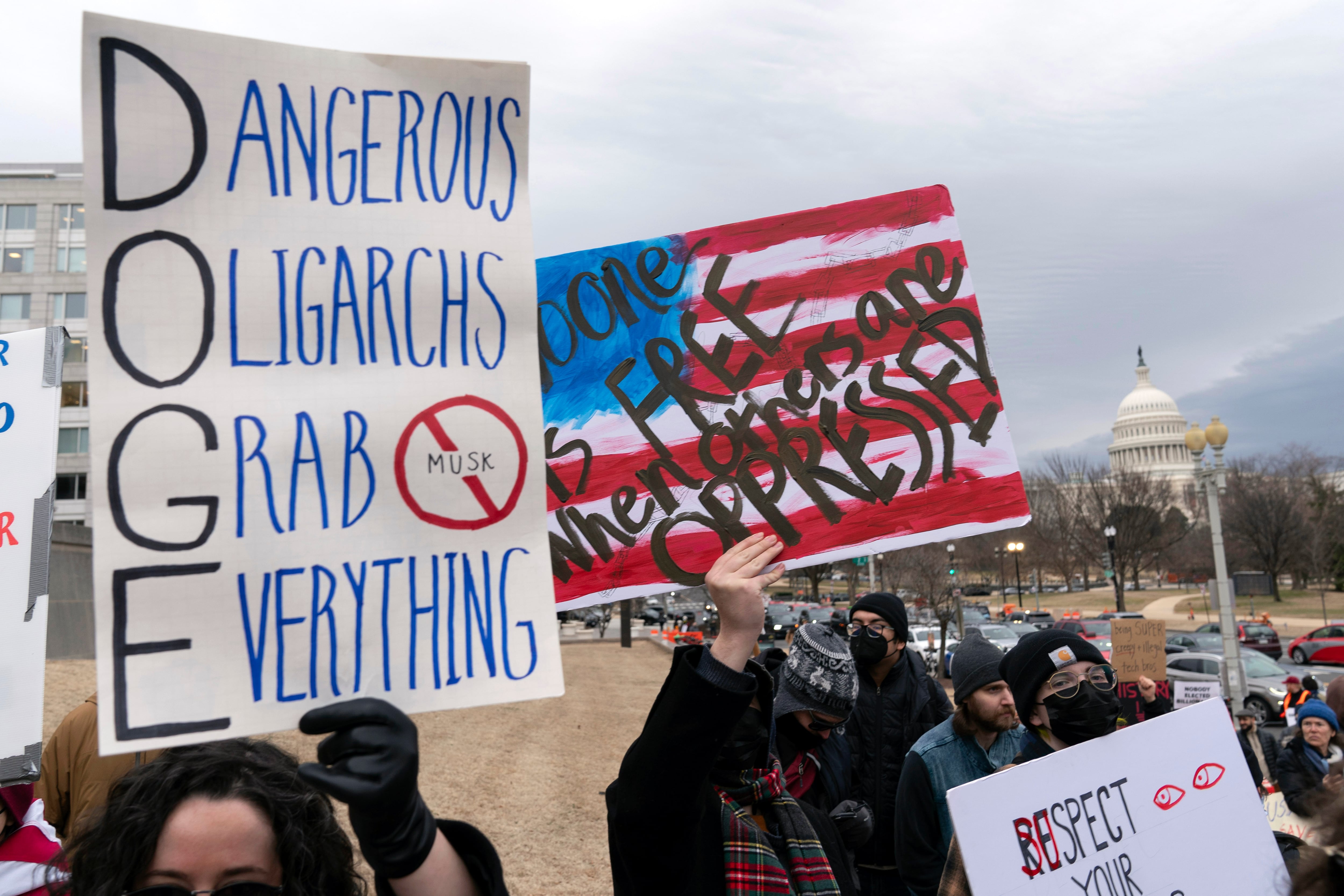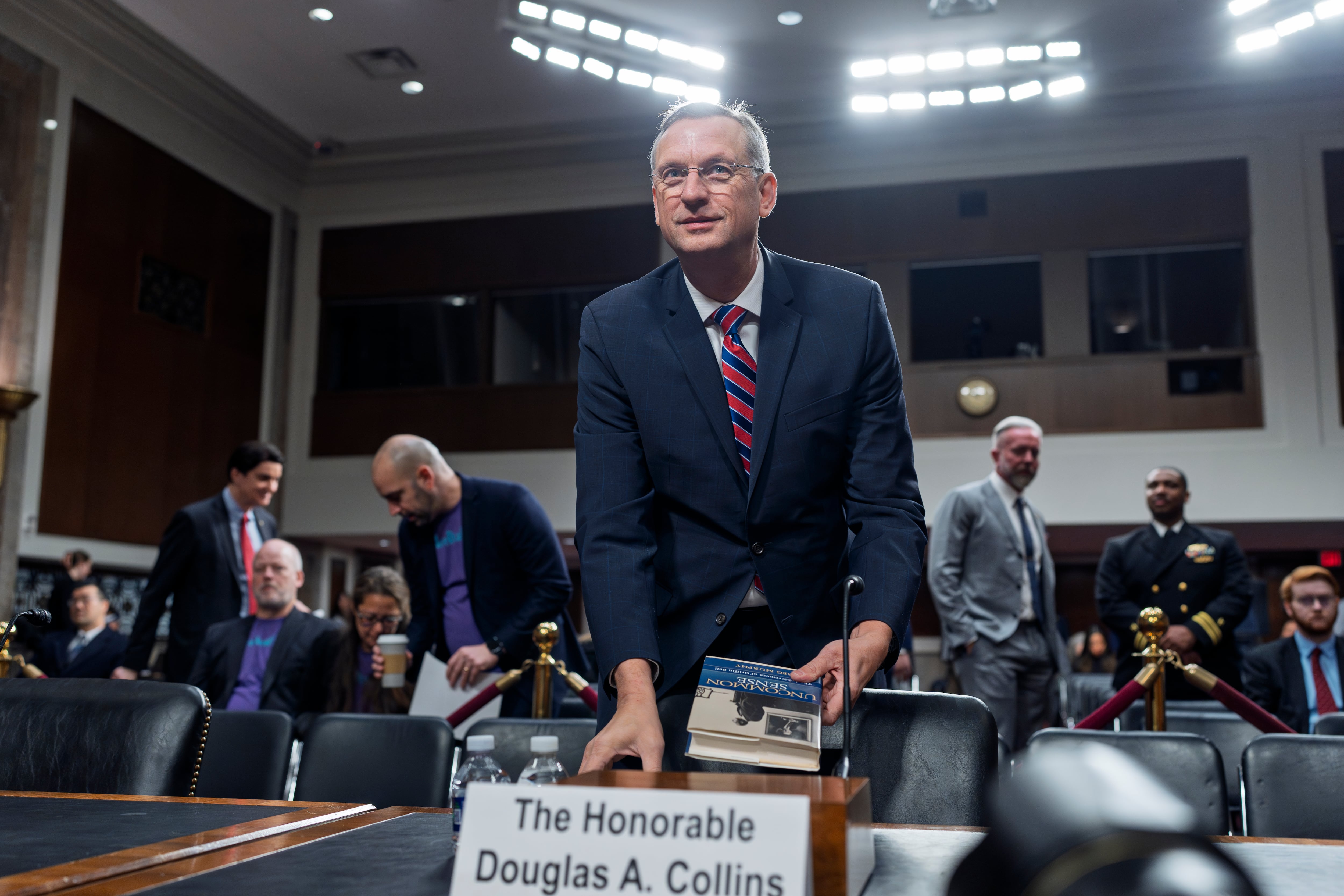WASHINGTON — As commander in chief, Donald Trump will face politically fraught decisions about a nuclear arsenal in need of modernizing. Among the open questions: How much modernization is enough? Can the U.S. get by with fewer of these weapons? Is it time to take some off hair-trigger alert?
Trump's transition website says he "recognizes the uniquely catastrophic threats posed by nuclear weapons and cyberattacks," adding that he will modernize the nuclear arsenal "to ensure it continues to be an effective deterrent."
Beyond that, he has offered few specifics.
During the campaign, nuclear issues were discussed in sweeping terms. Trump caused stirs by suggesting that America's Asian allies should no longer be covered by the U.S. nuclear umbrella if they don't pay more for their defense — or that they should possibly obtain their own nuclear bombs.
President Barack Obama and other critics questioned whether Trump could be counted on to avoid using nuclear weapons. Ten former nuclear missile launch operators wrote that Trump lacks the temperament, judgment and diplomatic skill to avoid nuclear war.
The state of the nuclear arsenal was rarely addressed. To the extent it was, Trump showed faint understanding of its details. At a debate with Republican rivals, he appeared unfamiliar with the concept of a nuclear triad, the Cold War-era combination of submarines, land-based missiles and strategic bombers for launching nuclear attacks.
"I think, for me, nuclear is just the power, the devastation is very important to me," he said.
Trump may need to get up to speed quickly on nuclear-weapons issues. He will soon be overseeing a Pentagon where there is internal competition between big-dollar plans for modernizing conventional and nuclear weapons.
Michaela Dodge, a defense policy analyst at the Heritage Foundation, a conservative think tank, says the Trump administration will have a chance to reverse Obama nuclear policies that she says are based on "wishful thinking," including his push to reduce the role of nuclear weapons in U.S. security strategy.
"The United States has neglected nuclear weapons modernization programs since the end of the Cold War, and as components are expiring, the country must get ahead of the curve and modernize its nuclear systems," including the industrial plants and labs that support the arsenal, she wrote in a Heritage paper Wednesday.
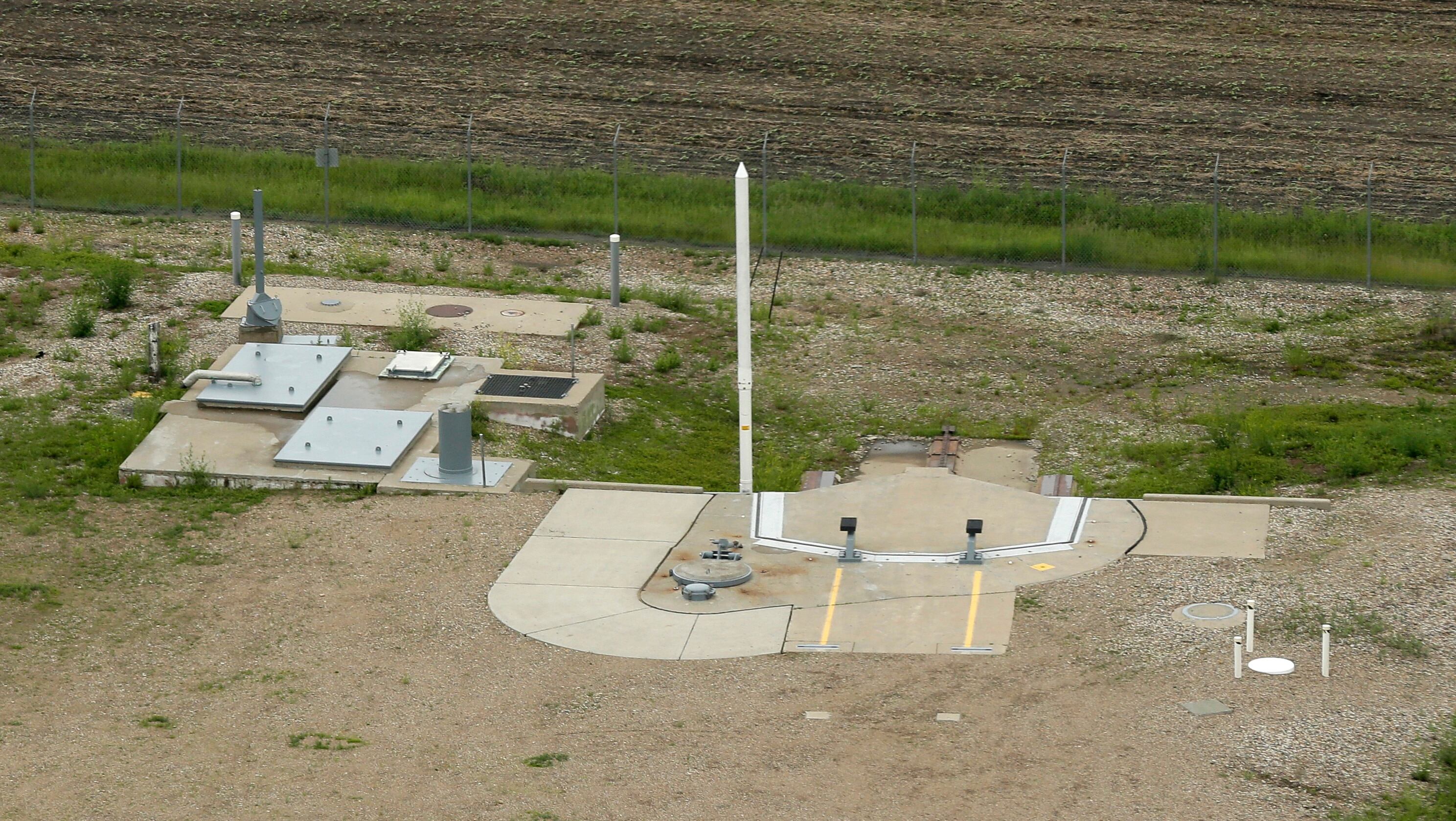
This photo taken June 24, 2014, shows an ICBM launch site is located among fields in the countryside outside Minot, N.D. Launch control officers working from a remote underground facility control Minuteman 3 missiles carrying nuclear warheads housed in the launch sites as part of the US nuclear defense strategy.
Photo Credit: Charlie Riedel/AP
Yet Trump's leading candidate for defense secretary, retired Marine Gen. James Mattis, is skeptical of the nuclear status quo.
"You should ask, 'Is it time to reduce the triad to a diad, removing the land-based missiles?'" he told the Senate Armed Services Committee in January 2015. He recommended a review of fundamental questions to "clearly establish the role of our nuclear weapons. Do they serve solely to deter nuclear war? If so, we should say so, and the resulting clarity will help to determine the number we need."
Had Hillary Clinton won the presidency, she may have acted on her skepticism about the military's claim to require a complete rebuilding of the nuclear arsenal, particularly the need for a new air-launched nuclear cruise missile, which detractors say is a luxury the nation easily can do without.
Obama agreed to fully modernize the nuclear force as the political price for Senate approval of the 2010 New START arms control treaty negotiated with Russia during Clinton's tenure as secretary of state. The modernization entailed a commitment of hundreds of billions of dollars that critics say is unaffordable.
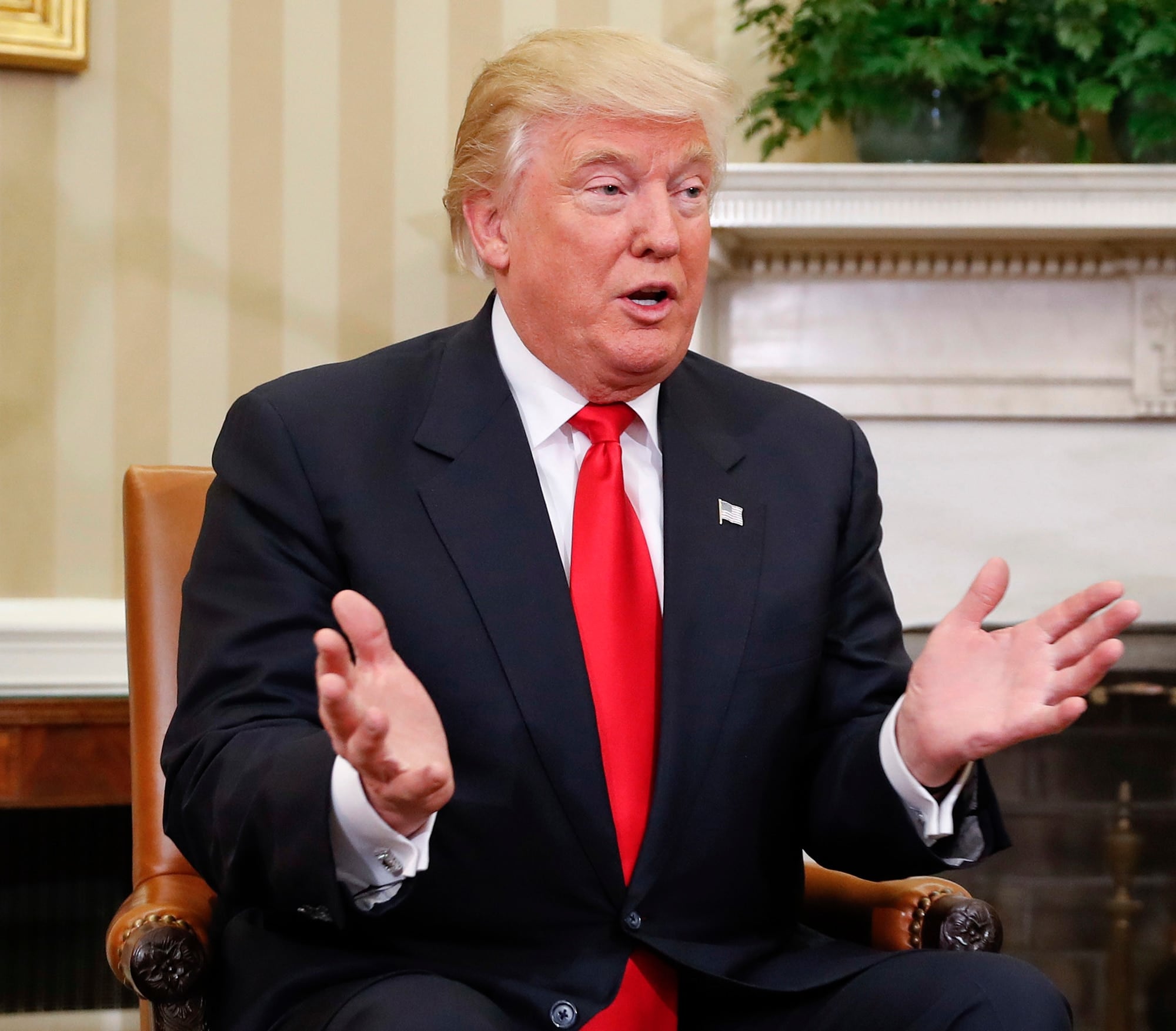
President-elect Donald Trump speaks during his Nov. 10, 2016, meeting with President Barack Obama in the Oval Office of the White House in Washington.
Photo Credit: Pablo Martinez Monsivais/AP
Non-government groups are studying the need for modernization and the vulnerability of the arsenal. The Nuclear Threat Initiative, a research and advocacy group whose co-chairman is Sam Nunn, the former Democratic chairman of the Senate Armed Services Committee, is studying nuclear terrorism as well as the cyber threat to nuclear command-and-control systems.
"What if hackers spoofed a nuclear missile attack, forcing a miscalculated retaliatory strike that could kill millions?" the group asks in a description of its project.
Along with the cyber aspect of nuclear security is a parallel question: whether the U.S. should threaten the use of nuclear weapons in response to a catastrophic cyberattack.
New administrations often order up a broad and deep review of nuclear policy to lay the groundwork for decisions like some of those facing Trump. The Obama White House undertook a "nuclear posture review" in 2010 that concluded, for example, that the U.S. should maintain all three legs of the nuclear triad.
In the years since that review, a growing number of people have questioned the wisdom of sticking to the same nuclear structure. William J. Perry, who was secretary of defense in the administration of President Bill Clinton, has argued for eliminating the land-based missile leg of the triad.

